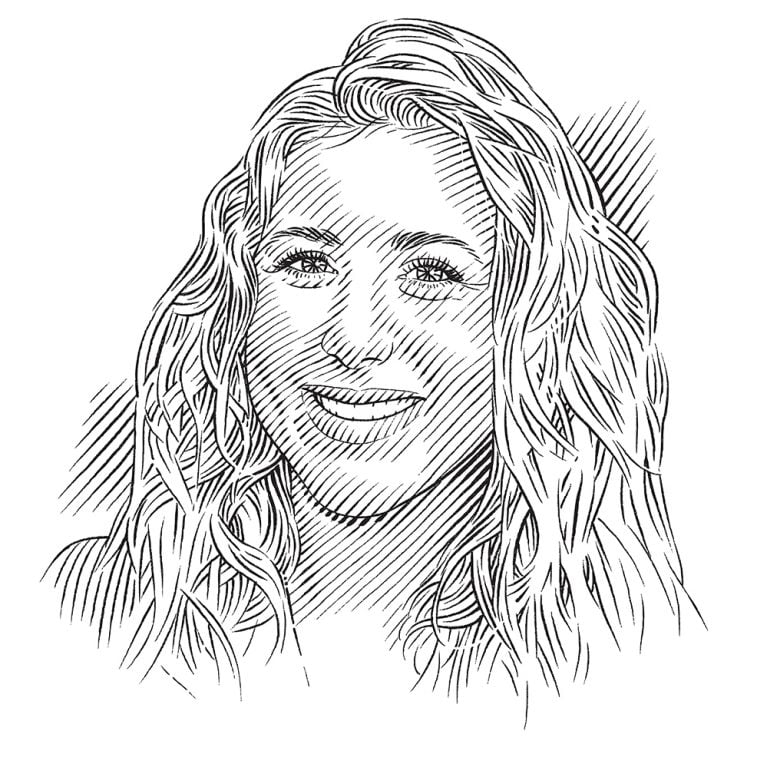Jenna Hounslow

Who I am
Understanding how, where and why animals behave in certain ways is essential for the development of marine conservation and management strategies. My study aims to classify the behaviour of sicklefin lemon sharks Negaprion acutidens using bio-logging tags called Accelerometer Data Loggers (ADLs). ADL technology is already found in smart phones and fit-bits, and custom-built tags can now be attached to a shark (or any animal) to measure its movement in three dimensions. This is especially useful where direct observation is limited. Observing the natural behaviour of sharks is very difficult, as they lead cryptic lives underwater and many species are nocturnal or highly migratory.
Although classified as globally Vulnerable on the IUCN Red List, sicklefin lemon sharks are abundant in the pristine and sheltered natural lagoon of St Joseph Atoll. The lagoon acts as a valuable nursery area and these sharks play a vital role in the ecosystem. Yet even though they are a common sight, relatively little is known about their behaviour.
Movement data from the ADL tags will be ‘ground truthed’ by conducting captive trials. An observation pen will be built in the lagoon so that the behaviour of a tagged shark can be directly observed from an exposed sand bank, in conjunction with drone video footage. Observed behaviours such as resting, swimming and fast-start swimming can then be time- synchronised to different patterns in the ADL data. Other sensors that will be incorporated to complement the acceleration data include a magnetometer and a gyroscope, which help measure rotational body movements. Furthermore, ADLs can be combined with other sensors (such as those recording depth, light and temperature) to give us insight into how environmental conditions, including tidal and lunar cycles, affect shark behaviours such as resting, foraging and mating.
Ultimately, the behaviour of tagged wild sharks can then be inferred from logged data alone without the need for captive trials or direct observation. This will contribute to the protection of this species and its habitat.
Where I work
I am an Honours student based at the Fish Health Unit, Centre for Fish and Fisheries Research, Murdoch University. I am incredibly lucky to have received the opportunity to conduct my field work at the D’Arros Research Centre in conjunction with the Save Our Seas Foundation. I am so excited to learn as much as possible during my time on D’Arros and in the nearby St Joseph Atoll, which lie some 1,500 kilometres (930 miles) off the east coast of Africa in the Indian Ocean. It is amazing that my first real post-graduate experience of field work and collecting and analysing data will be at such a remote, pristine and special place that has such incredible biodiversity. The sandy beaches fringed with coconut palms, undisturbed interior forests, incredible coral reefs and shallow lagoons host an amazing array of creatures, from lemon and blacktip reef sharks to hawksbill and green turtles, manta and eagle rays, giant tortoises, hermit crabs, fairy terns and the infamous shearwaters with their ghostly calls!
What I do
The wild and all its treasures have fascinated me from an early age. My life began surrounded by the glorious karri forests and stunning beaches of the south-west of Western Australia before my family moved to rural England. I am lucky to have grown up on the River Test, an iconic chalk stream of outstanding natural beauty, and I used to tag along with my father, who was a fishery manager. I would camp out, fly fish and swim in the crystal-clear river to my heart’s content. But it was always near the ocean that this water baby felt most at home, and many a family road trip was spent in eager anticipation of the moment I could finally shout out, ‘I can see the sea!’
Having never outgrown the curious child in me, I have always been eager to travel, especially to wild places, and in Australia this led me to exploring the goldfields of the Outback, swimming in gorges in the Tropical Far North and marvelling at the fragile beauty of the Ningaloo Reef. In fact, I decided to move back to Australia permanently so that I could be near the ocean every day. I subsequently completed my undergraduate degree at Murdoch University, Perth, where I majored in environmental science. In my final year, I became inspired by an impassioned guest lecturer, Dr Adrian Gleiss, and discovered my own passion for aquatic ecology (unsurprisingly), and specifically shark science. By then there was no doubt that I would pursue a career in research so that I too could inspire those around me to protect and conserve.
